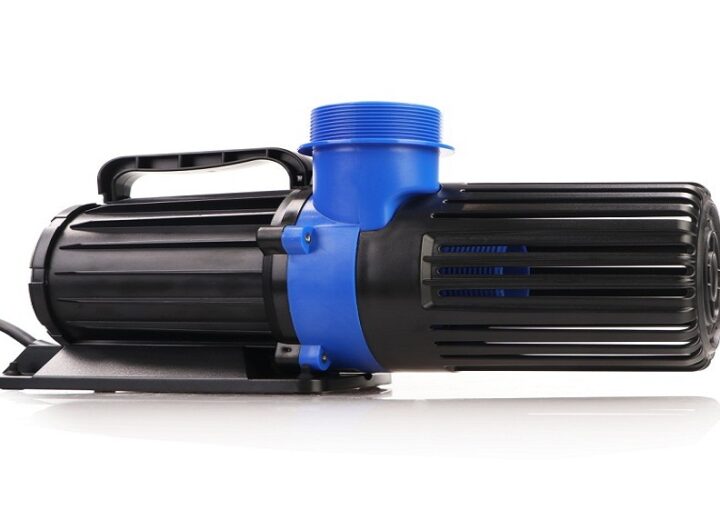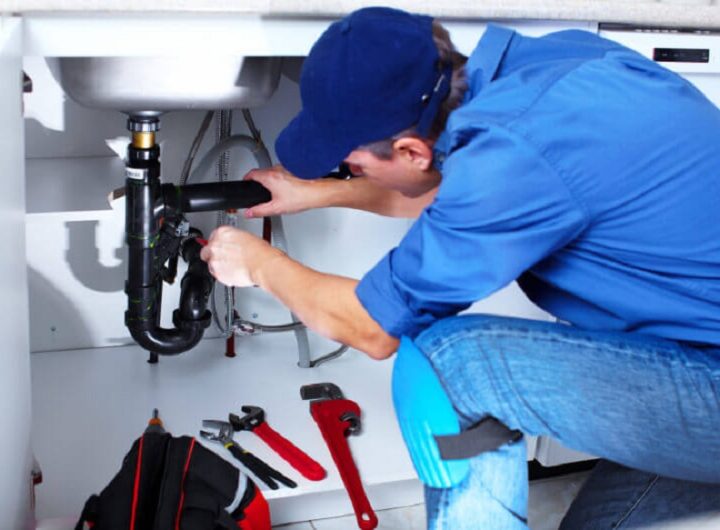
Proper tree care is indispensable for ensuring the health and longevity of your newly planted trees. It extends far beyond the initial act of planting and encompasses ongoing maintenance measures essential to support their growth and overall well-being. Neglecting the care of these trees can have detrimental consequences, potentially causing these valuable additions to your landscape to struggle and even perish. Trees are not just passive elements in your outdoor space; they are living organisms that require care and attention to thrive. By understanding and implementing proper tree care practices, you can preserve the aesthetic beauty of your landscape and contribute to a healthier environment.
One of the fundamental aspects of proper tree care is ensuring that your newly planted trees receive an adequate and consistent water supply. Water plays a pivotal role in a tree’s development, assisting in establishing a robust and extensive root system. This, in turn, enhances the tree’s ability to absorb nutrients and withstand various environmental challenges, such as drought or extreme temperatures. Understanding and discovering the ideal frequency for watering newly planted trees is paramount to their well-being.
Understanding the Needs of Newly Planted Trees
The Vulnerability of Young Trees
Newly planted trees, especially young saplings, are exceptionally vulnerable during their early stages of growth. Their delicate root systems require special care and attention to ensure their survival and healthy development. Proper watering is pivotal in safeguarding these fledgling trees from environmental stressors.
Factors Influencing Watering Frequency
Several key factors influence the ideal frequency for watering newly planted trees. Local climate conditions, soil type, tree species, and even the time of year can all impact how often you should water. By understanding these variables, you can tailor your watering regimen to meet the specific needs of your trees, promoting robust growth and longevity.
Signs of Underwatering and Overwatering
Identifying Underwatered Trees
When identifying underwatered trees, a few key signs can tip you off. Look for wilting or drooping leaves, especially during hot weather. Crispy or yellowing leaves and a generally lackluster appearance are also red flags. Pay attention to the soil around the tree; if it’s bone-dry several inches below the surface, it clearly indicates insufficient watering.
Recognizing Overwatered Trees
Recognizing overwatered trees is equally crucial. Look for leaves that appear yellowish-green and may start falling prematurely. Mushy or soggy soil around the tree base strongly indicates excessive moisture. Additionally, mold or mildew growth on the trunk and a sour, unpleasant odor can signify overwatering troubles.
Damage Caused by Improper Watering
Improper watering can wreak havoc on your newly planted trees. It can weaken their root systems, making them susceptible to pests and diseases. Overwatering, in particular, can lead to root rot and other fungal issues, while underwatering can stunt growth and compromise the tree’s overall health. Correctly gauging your tree’s watering needs is essential for nurturing its growth and ensuring its long-term vitality.
Finding the Right Balance
Establishing an Effective Watering Schedule
Crafting an efficient watering schedule is paramount to ensure the flourishing of newly planted trees. It’s not just about frequency but also about timing. Start watering deeply immediately after planting to help the tree establish its root system. A daily watering regimen may be necessary during the initial few weeks, especially in hot weather. As the tree matures, gradually extend the intervals between watering sessions. Monitoring soil moisture with a simple probe or finger test can help you tailor the schedule to your specific climate and soil conditions.
Importance of Deep Watering
Deep watering is the key to nurturing robust root growth in your newly planted trees. Instead of surface-level sprinkling, which can encourage shallow roots, focus on delivering water deeper into the soil. A deep soak stretches the roots downward, promoting stability and resilience. Consider using a soaker hose or drip irrigation to achieve this goal, ensuring the water penetrates at least 12 to 18 inches below the surface. Deep watering also minimizes the need for frequent watering, helping you strike that perfect balance.
Mulching for Moisture Retention
Mulching is a valuable ally in your quest for moisture retention around newly planted trees. A layer of organic mulch, such as wood chips or shredded bark, helps regulate soil temperature, reducing water loss due to evaporation. Furthermore, it is a barrier against weeds, which can compete with your tree for water resources. Spread mulch in a 3-4 inch layer around the tree’s base, leaving a small gap around the trunk to prevent moisture-related issues. This simple but effective technique ensures that your tree gets the consistent moisture it needs to thrive without overburdening your watering schedule.
Watering Techniques
Drip Irrigation Systems
Drip Irrigation Systems stand out as an efficient method. This technique involves a network of tubes and emitters that deliver water directly to the tree’s root zone. By maintaining a consistent and controlled flow, Drip Irrigation minimizes water wastage while ensuring the tree receives the hydration it needs for healthy growth. Arborists and horticulturists recommend this approach for its ability to promote root development and reduce stress on the tree, particularly during dry spells.
Soaker Hoses
Soaker Hoses offer another effective means of watering newly planted trees. These hoses’ porous walls allow water to seep slowly into the soil, directly targeting the root zone. By evenly distributing moisture, Soaker Hoses encourage deep root growth and help prevent surface evaporation. This method is budget-friendly and environmentally conscious, making it a preferred choice for conscientious gardeners and tree enthusiasts.
Hand Watering
Sometimes, the personal touch of Hand Watering proves invaluable in tree care. This method enables you to closely monitor the tree’s moisture closely, adjusting the amount and frequency of watering based on specific conditions. While it may demand more time and effort, hand watering allows you to connect with your tree deeper, fostering a stronger bond between you and your newly planted sapling.
The vitality of newly planted trees hinges on a well-executed watering strategy. Recognizing the vulnerability of young trees and the various factors that influence their hydration needs is paramount. Signs of underwatering and overwatering should be carefully observed to strike the right balance. Ensuring adequate watering schedules, emphasizing deep watering, and employing moisture-retaining mulching techniques are essential to nurturing robust root development and overall tree health. Whether through Drip Irrigation Systems, Soaker Hoses, or Hand Watering, the choice of watering method should align with your tree’s specific requirements. By mastering the art of tree watering, you contribute to the beauty of your landscape and the longevity and well-being of these vital additions to our ecosystem.
Publisher’s Details:
Green Leaf Zone
208 W 59th St, Los Angeles, CA 90003
(866) 696-2762
greenleafzone.com
The “Essential Gardening Tools: 8 Must-Have Items for the Homeowner” provides valuable insights when nurturing your garden, especially newly planted trees. Suppose you’re in the area and want to ensure your trees thrive. In that case, it’s also crucial to consider hiring a company known for its trusted brush-clearing company in Calabasas, CA. Green Leaf Zone offers the best expertise in this area, guaranteeing the optimal growth and health of your newly planted trees.

 7 Reasons Why You Should Buy Gas Chulha Online
7 Reasons Why You Should Buy Gas Chulha Online  Powering Your Outdoor KTV Experience with the Jackery Explorer 240 v2 Portable Power Station
Powering Your Outdoor KTV Experience with the Jackery Explorer 240 v2 Portable Power Station  What is a Locksmith?
What is a Locksmith?  The Best Evolution Aqua Products for a Healthy and Clear Pond
The Best Evolution Aqua Products for a Healthy and Clear Pond  The Timeless Appeal of the Herringbone Pattern
The Timeless Appeal of the Herringbone Pattern  The Unmatched Benefits of Sheepskin Rugs
The Unmatched Benefits of Sheepskin Rugs  Why Hiring Professional Carpet Cleaners Is Essential for Pennsylvania Homes and Businesses
Why Hiring Professional Carpet Cleaners Is Essential for Pennsylvania Homes and Businesses  How Sewer Line Replacement Can Improve Your Home’s Overall Plumbing System
How Sewer Line Replacement Can Improve Your Home’s Overall Plumbing System